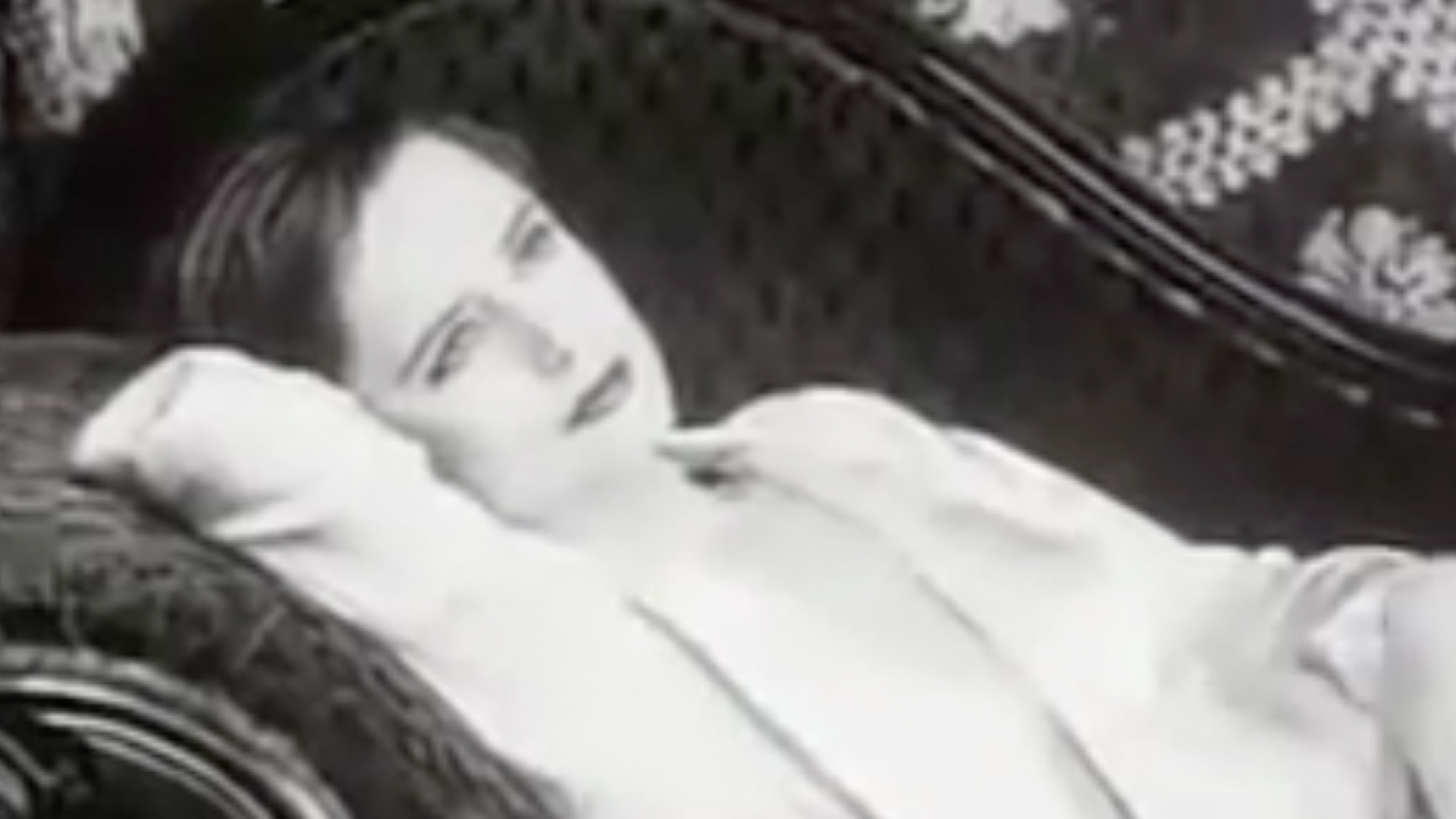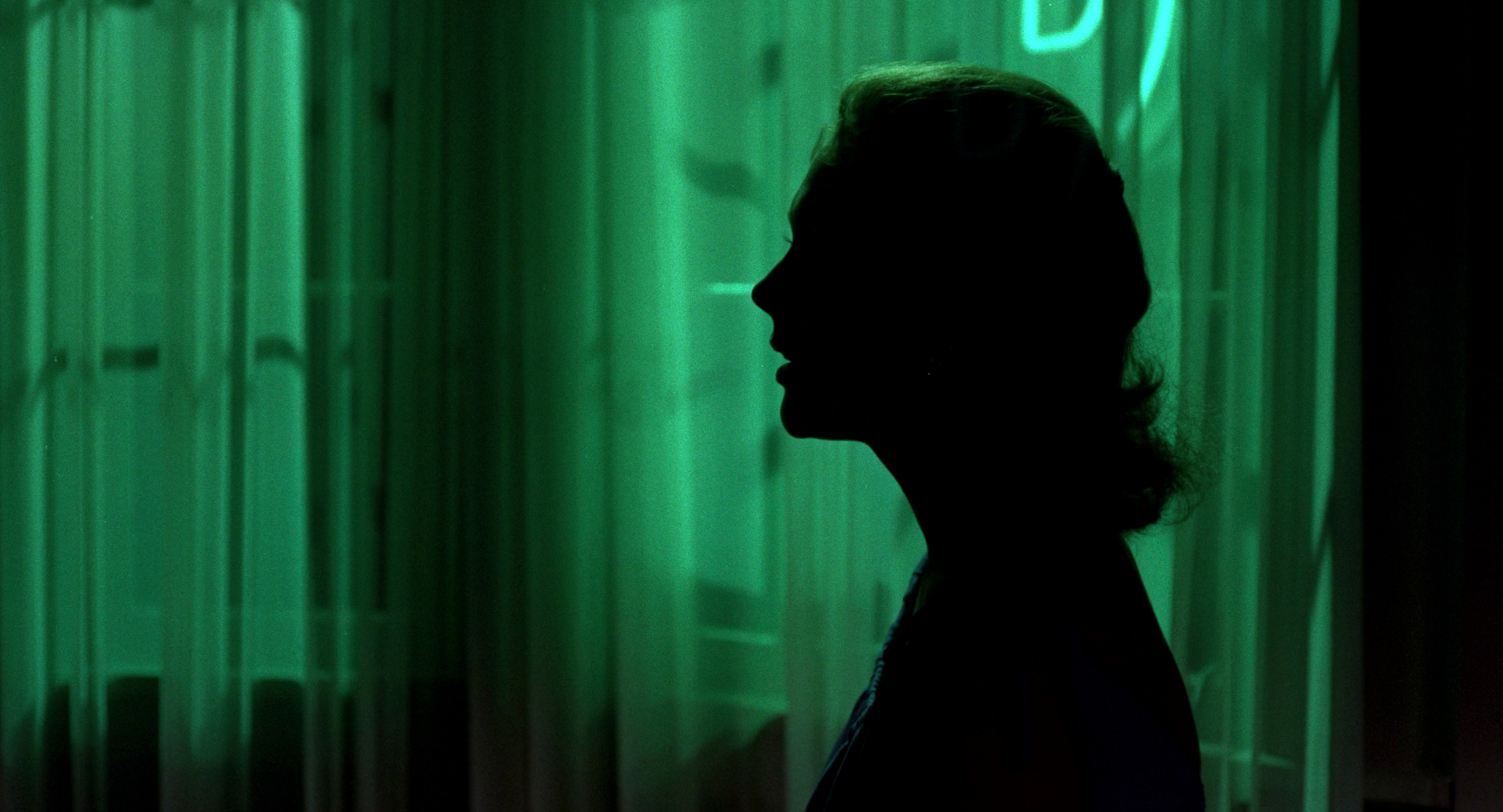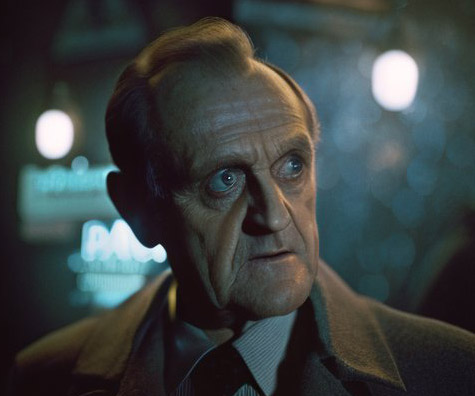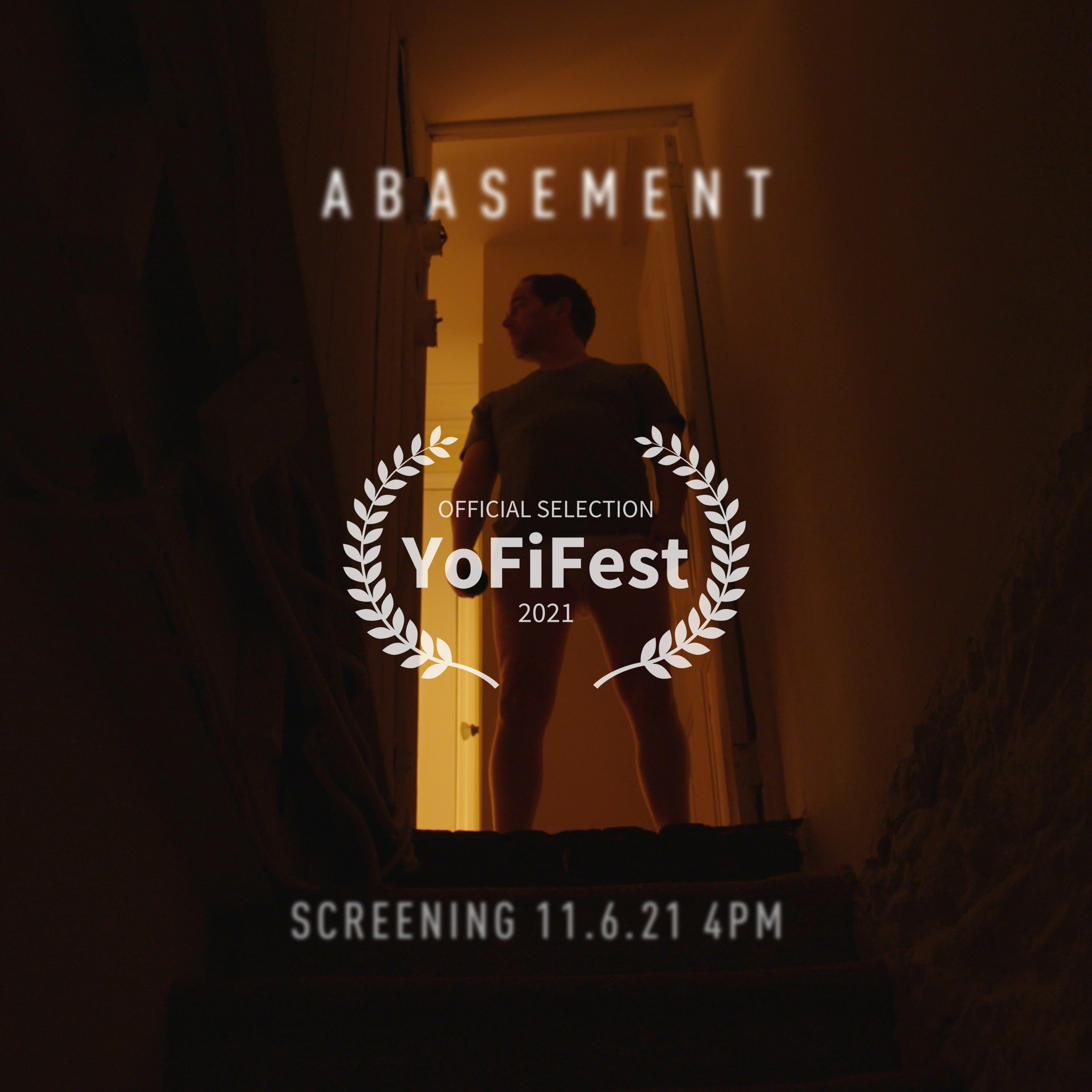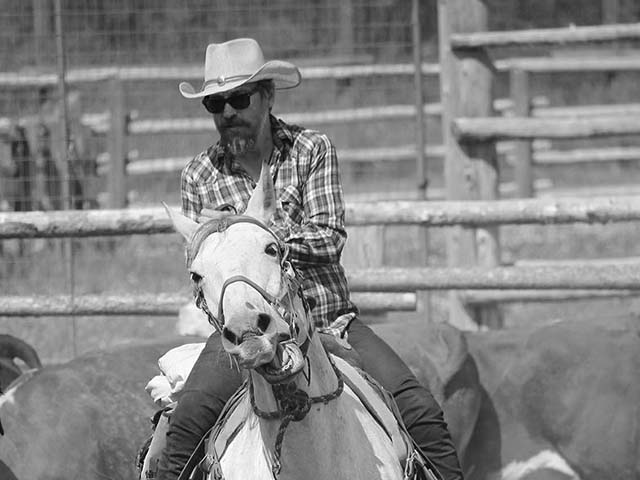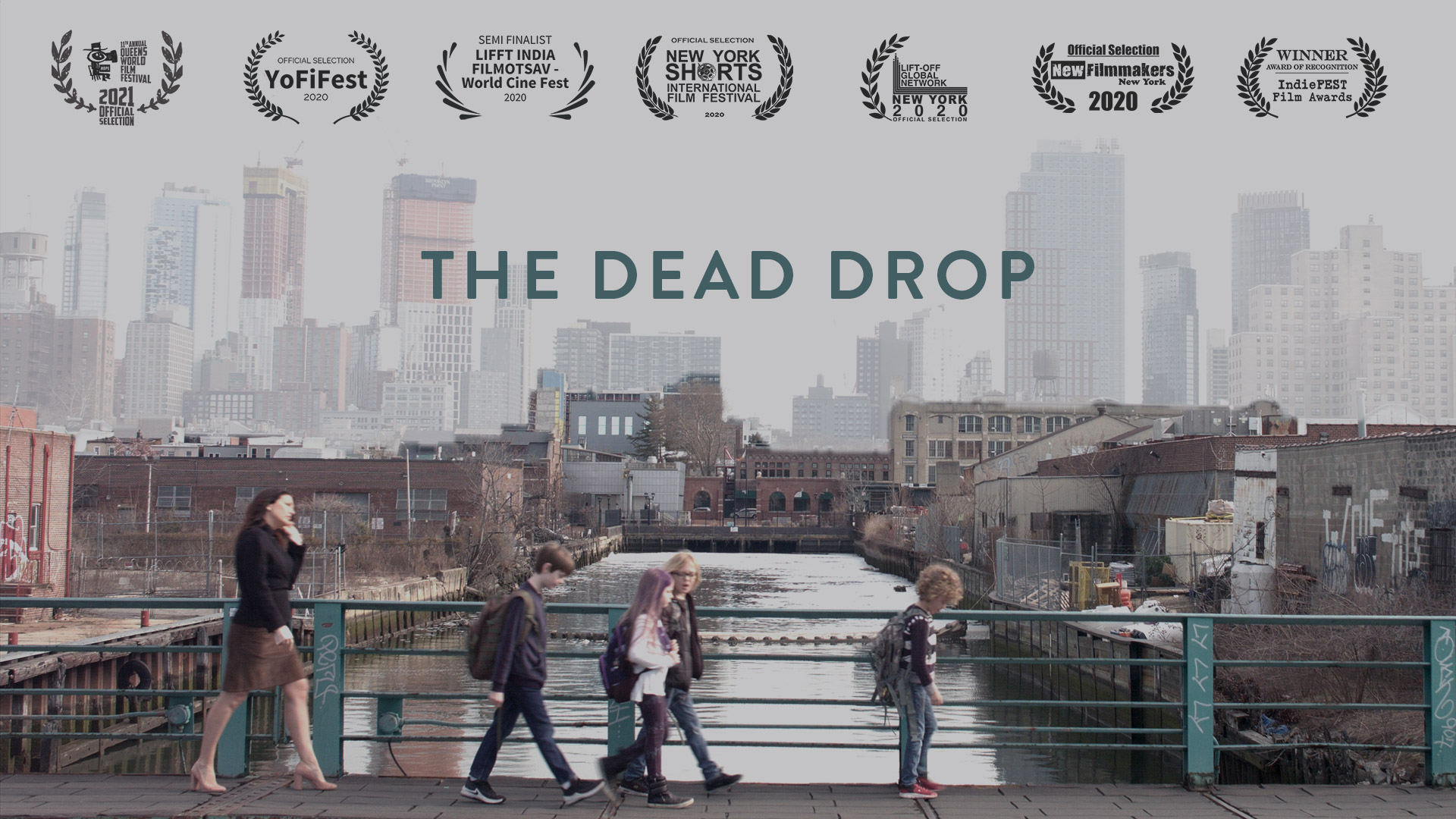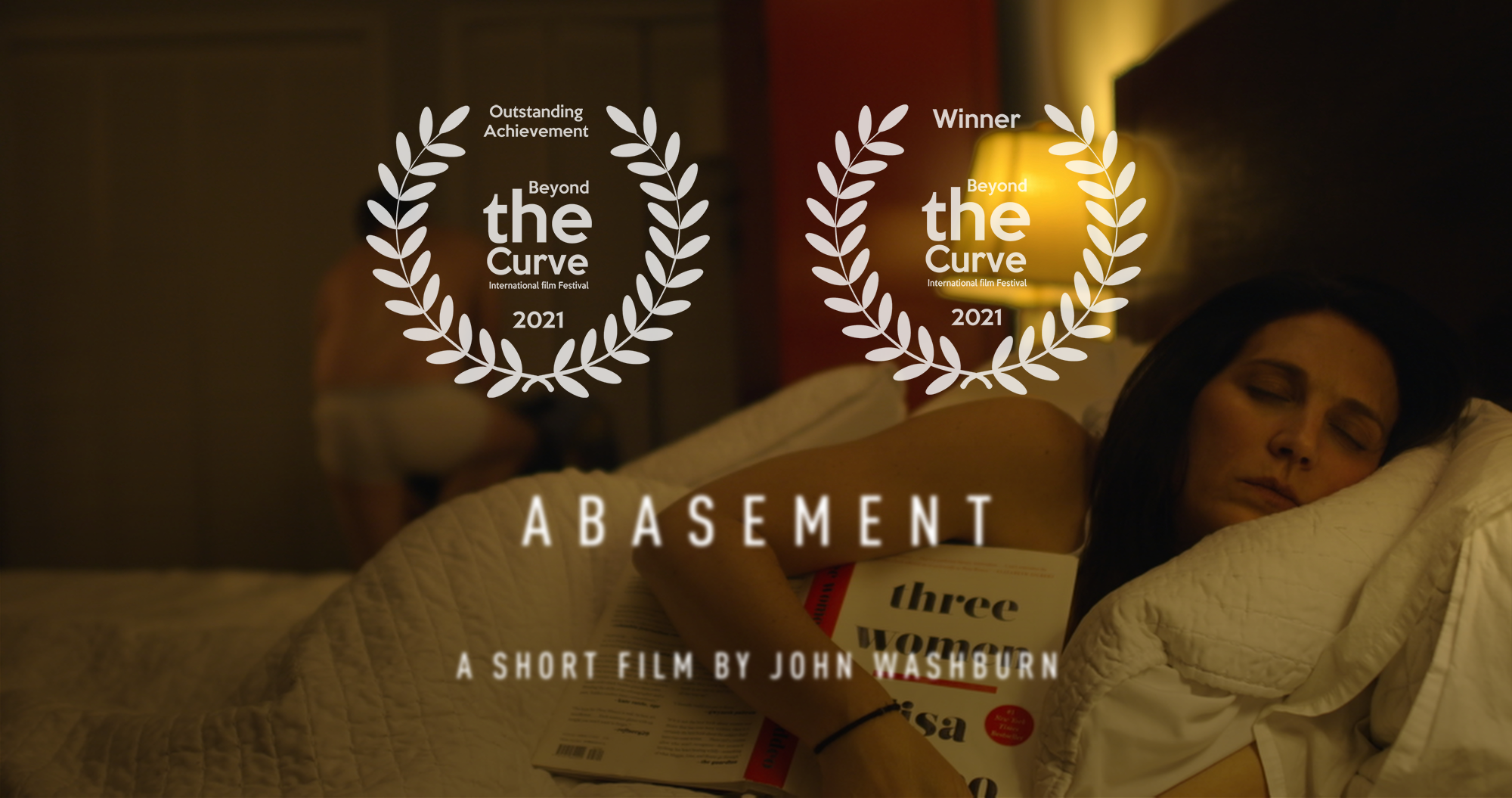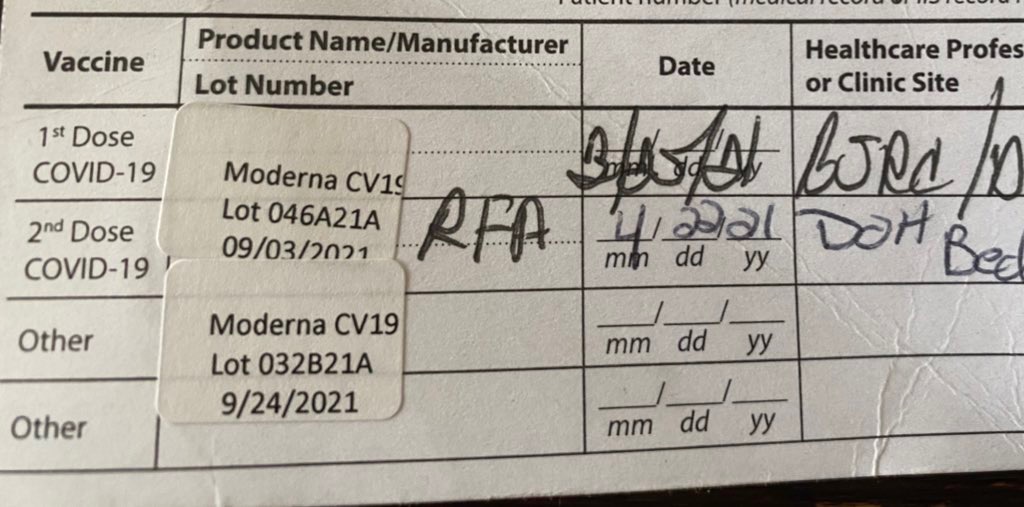Back in the Nineteen whatevers (10s? Teens?) Russian filmmaking pioneer Lev Kuleshov demonstrated that we infer meaning from the juxtaposition of two unrelated shots that isn’t contained in either shot on its own. The exact same clip of this handsome devil’s face is presented against different shots: first soup, next a dead little girl in a coffin, … Read More
Green V Red
Color coding in Hitchcock’s Vertigo A key element in filmmaking (or any visual medium) that helps create the look is how color is used. Not in the grade, but color palettes in production design. Wes Anderson is probably the most obvious current practitioner. Even in seemingly naturalistic presentations, a close examination shows most films/TV shows … Read More
Bob Newhart in the World of Blade Runner
And other adventures in AI “art.” Like everyone else working in content and media, I’ve been messing around with AI art and text. There are some thorny questions around automating human effort, and the ethics around how the machine was trained. Others have weighed in so I won’t here. I was mostly staying away, but … Read More
Chez Panisse
I grew up in Berkeley, California, a few blocks away from the famed restaurant, Chez Panisse. Opened in 1971 by Alice Waters and Paul Aratow, it has always maintained a rigorous adherence to an ethos emphasizing high quality, locally sourced and in-season ingredients prepared with a French influenced technique. There’s a formal dining room downstairs … Read More
YoFi!
Abasement was invited to screen at the YoFi Festival. This was the first in person festival I’ve actually been able to attend. My first short was schedule to premiere in April 2020, and we all know what happened there… That film screened virtually with them last year, and they did a really amazing jobs of … Read More
Your horse is not a motorcycle
A few stray thoughts on leadership. When perched astride a horse, it’s tempting to think of her as you might a motorcycle—point it in the direction you want, hit the gas, and go—but this would be an error. While you may be in charge, your horse has feelings about the desired direction, footing, and speed, and … Read More
The Dead Drop at Queens World
My first short, The Dead Drop, has been selected for Queens World Film Festival. Assuming no major reversals in reopening, we’ll have a live screening June 26 at the Queens Theatre in Flushing NY, and then virtual screenings through Film Festival Flix.
Abasement wins Best Horror
I woke up this morning to find Abasement had snagged Best Horror at Beyond the Curve International Film Festival in Paris, France. It’s our twelfth festival selection, ninth nomination/finalist nod, and fourth win. Once we’ve finished the festival run, I might post our stats, including all our losses. BCIFF just popped up on my radar … Read More
Modernista!
I had my second vaccine dose today. The anti-vaxxers find it “performative” to share, I guess, but I’m okay with that. (My position on vaccines is pretty well established.) Normalizing vaccination shouldn’t need to be a thing, but apparently it is. Perhaps the most disruptive global event in the last 75 years has a clear … Read More

